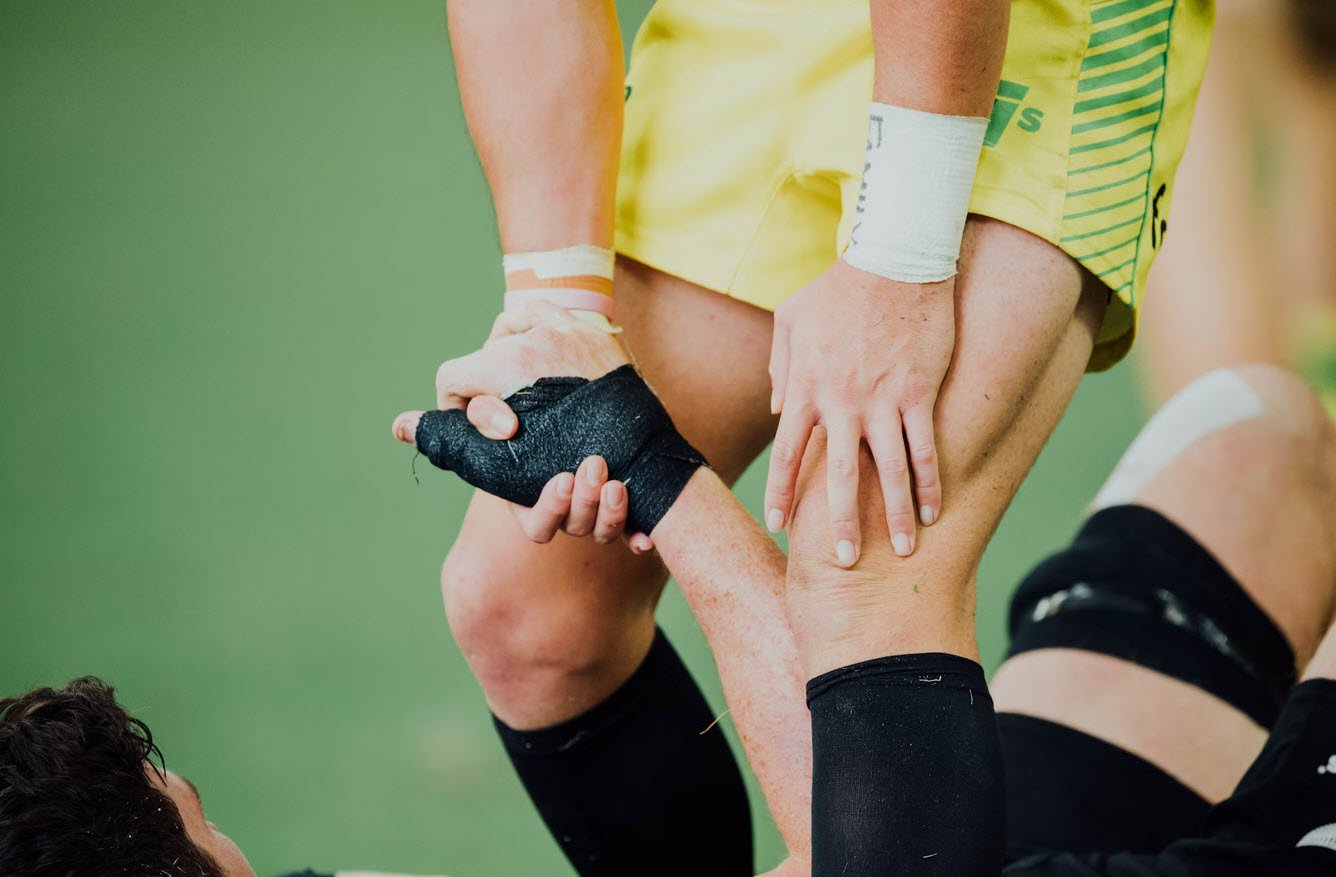
For most of us, the act of breathing and swallowing is a seamless and automatic process, one that we rarely give a second thought. However, if you’ve ever wondered why we can’t breathe and swallow at the same time, the answer lies in the intricate design of our respiratory and digestive systems.
The Larynx’s Vital Role
At the heart of this physiological limitation is the larynx, a vital component of our respiratory system. The larynx, also known as the voice box, houses the vocal cords and plays a crucial role in regulating the flow of air during breathing and the passage of food and liquids during swallowing.
The Epiglottis: Guardian of the Airway
The key player in ensuring that we don’t inhale food or liquid into our lungs is the epiglottis. The epiglottis is a flexible cartilage structure located behind the root of the tongue, just above the larynx. Its primary function is to safeguard the entrance to the larynx and, by extension, our airway.
When we’re not eating or drinking, the epiglottis remains in a raised position, allowing air to flow freely into the larynx and down the respiratory tract. This ensures that we can breathe without any obstructions.
Swallowing in Motion
However, when we initiate the process of swallowing, a highly coordinated sequence of actions takes place. The epiglottis, ever the vigilant guardian, springs into action. It promptly tilts downward to cover the entrance to the larynx and prevent food and liquids from entering the respiratory tract. This action is almost instantaneous, ensuring that our airway remains clear while we swallow.
A Momentary Pause
During the brief moment of swallowing, our breathing momentarily ceases. It’s a protective mechanism designed to prevent foreign substances from entering our lungs. Once the swallowing process is complete, the epiglottis promptly returns to its resting position, and normal breathing resumes.
The Remarkable Coordination
This intricate and highly coordinated interplay between the epiglottis, larynx, and muscles involved in swallowing is a testament to the intricacy of human physiology. While this design prevents us from breathing and swallowing at the exact same moment, it serves a crucial purpose—safeguarding our airway and preventing potential respiratory issues.
In conclusion, the inability to breathe and swallow simultaneously is a protective mechanism inherent in the human design. The vigilant epiglottis and the coordinated actions of our respiratory and swallowing systems ensure that breathing and swallowing occur without interference, prioritizing our respiratory health and overall well-being.
You may also like:- 5 Signs of Hormonal Imbalance in Women Suffering from PCOS
- Top Effective Tips To Achieve Safe and Sustainable Fast Weight Loss
- Empowering Students: Applying ABA Techniques In The Classroom
- Assessing Cancer Treatment: Tools And Techniques For Monitoring Efficacy
- Eye Doctors’ Contributions To Long-Term Vision Clarity
- Understanding Neurosurgeons: Specialists In Brain And Spinal Cord Health
- Common Causes of Chest Pain You Should Know
- Top 10 Weight Loss Myths: Don’t Fall Victim to Them
- Incorporating Fitness into a Busy Lifestyle for Effective Weight Loss
- Low GI Alcohol and Healthy Food Choices for Sustainable Weight Loss








